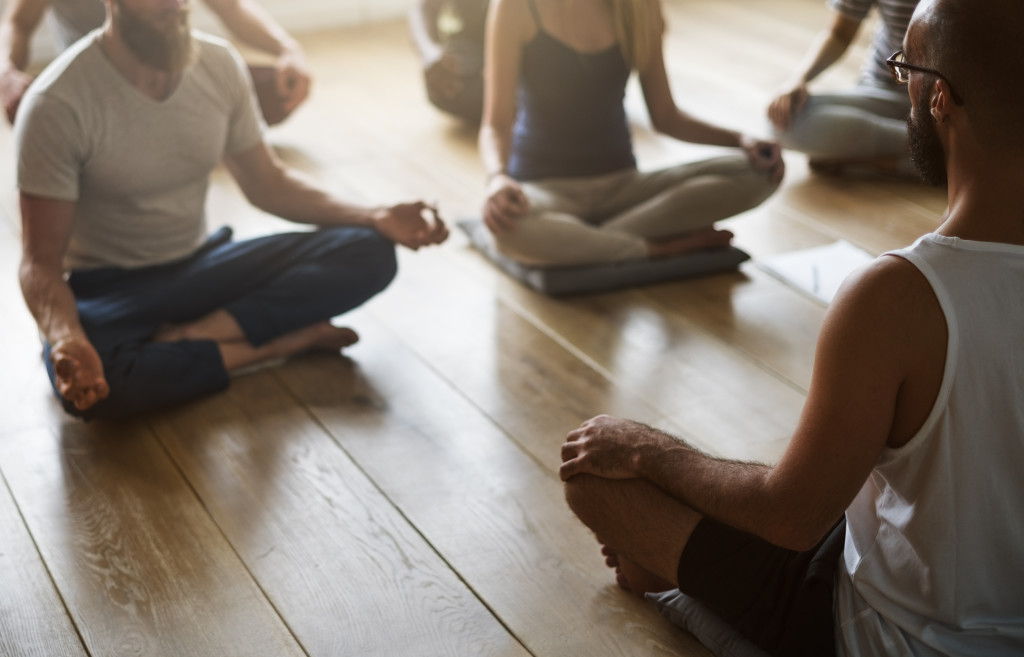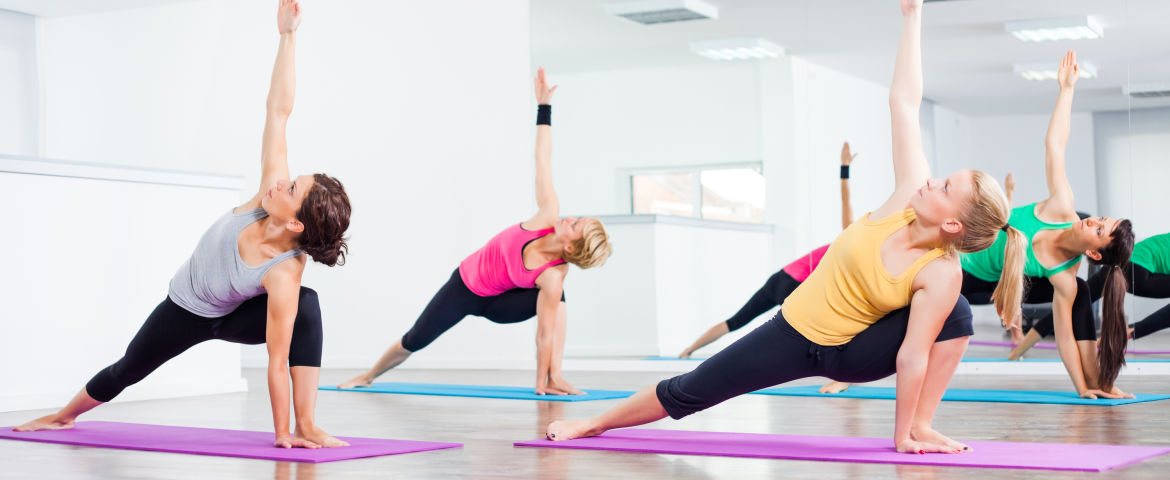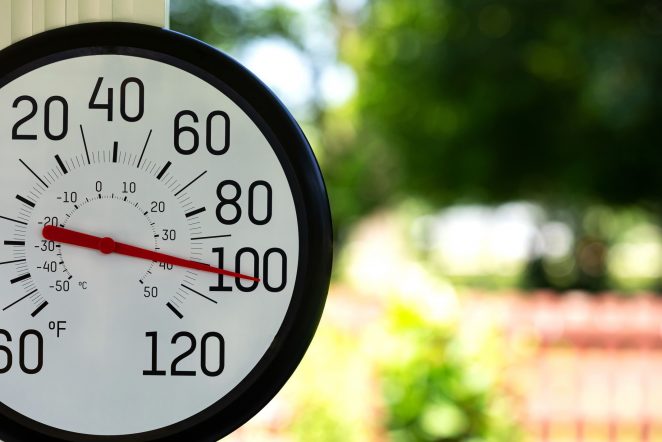Hot yoga is practiced in a studio that is heated to around 100 degrees fahrenheit, with humidity hovering around 40 percent. There are a few types of hot yoga including slow flow, Vinyasa and Bikram, all which have a slightly different movement flow.
During your practice, focus on your body and how it’s responding to the flow and the heat.
This style of yoga practice offers many benefits, but it’s not appealing or the right choice for everyone.
What you need to know
Yoga is known to increase strength and flexibility. The increased heat produces a more fluid stretch, often resulting in a greater range of motion. Your muscles become more elastic, allowing you to sink deeper into the yoga pose. Yoga also lubricates your tendons and ligaments, increasing your strength, which may make you less prone to injury.
In addition, individuals weighing between 120 and 160 pounds can expect to burn around 350 to 700 calories during a one session of Bikram yoga, according to QuickFit Yoga. The added heat increases your heart rate, enabling your body to burn calories faster and increase your metabolism. Yoga in a heated room triggers the lymphatic system, which helps removes toxins from your body.
Not only is this form of exercise physically demanding, but the hot environment also requires greater mental focus and determination. You may find yourself in a meditative state during your practice as you focus on breathing and notice your body’s response to the practice.

However, exercising in a hot room does pose a few challenges. It requires that you are in tune with your body. Beginners may over extend themselves in the poses because of increased flexibility. As with any cardiovascular activity, there is a possibility of dizziness or nausea throughout the workout. In addition, the increased heat can cause heat exhaustion and dehydration. It’s important to take precautions to avoid potential health complications.
How to get the most out of your hot yoga session
- Hydration is key. It is important to ensure proper hydration in the 24 hours leading up to your hot yoga session as increased sweating can lead to dehydration.
- Don’t eat within two hours of practicing hot yoga. A full stomach keeps you from being able to extend your muscles properly.
- Replenish your body after the session. Drink plenty of water, consume electrolytes and eat foods high in nutrients and minerals such as potassium.
Hot yoga is continuing to grow in popularity because it maximizes the benefits of tradition yoga practice. Hot yoga not only increases strength and flexibility, but has a slew of other benefits. If it sounds like something you may enjoy, take the necessary precautions and give it a try. During your practice, focus on your body and how it’s responding to the flow and the heat.


